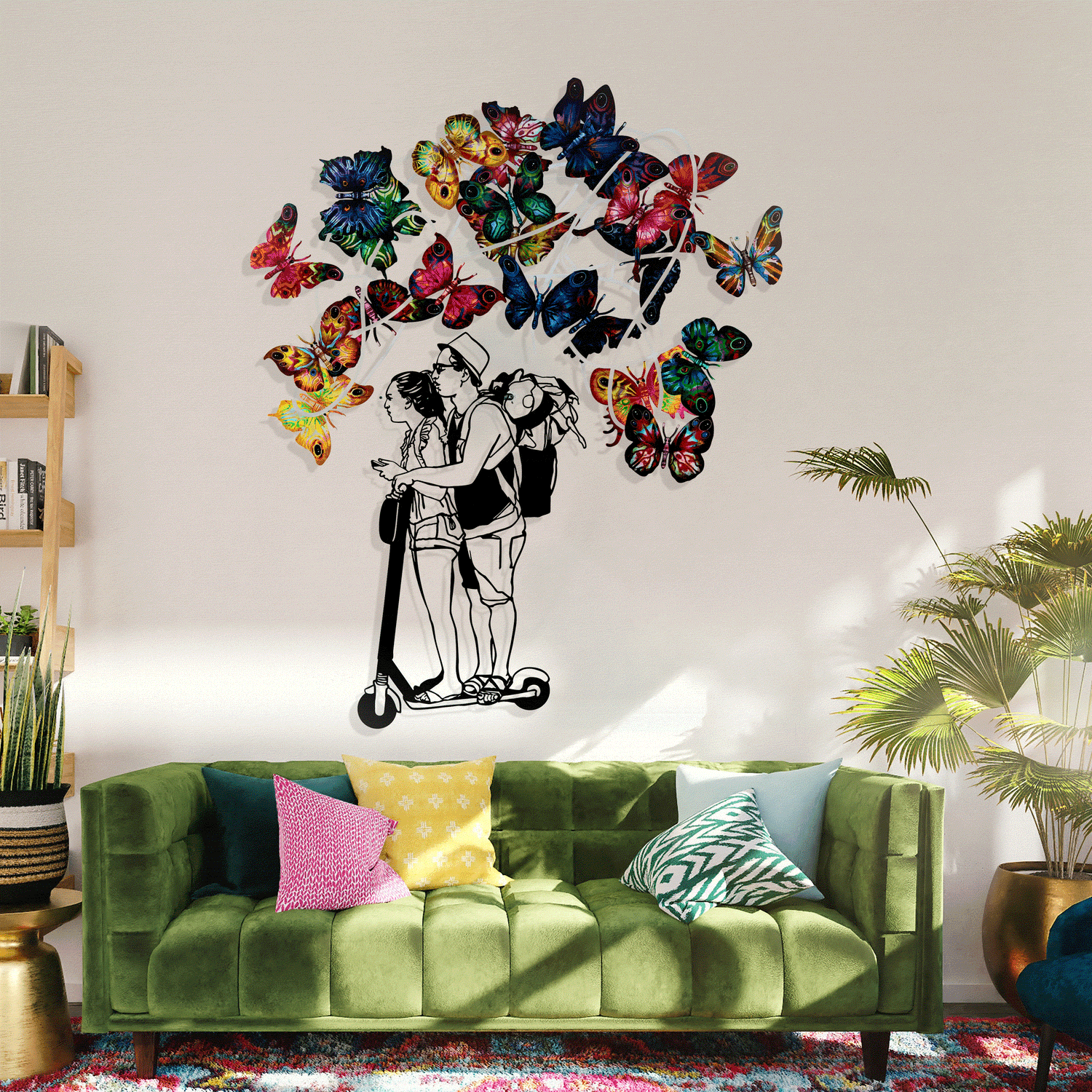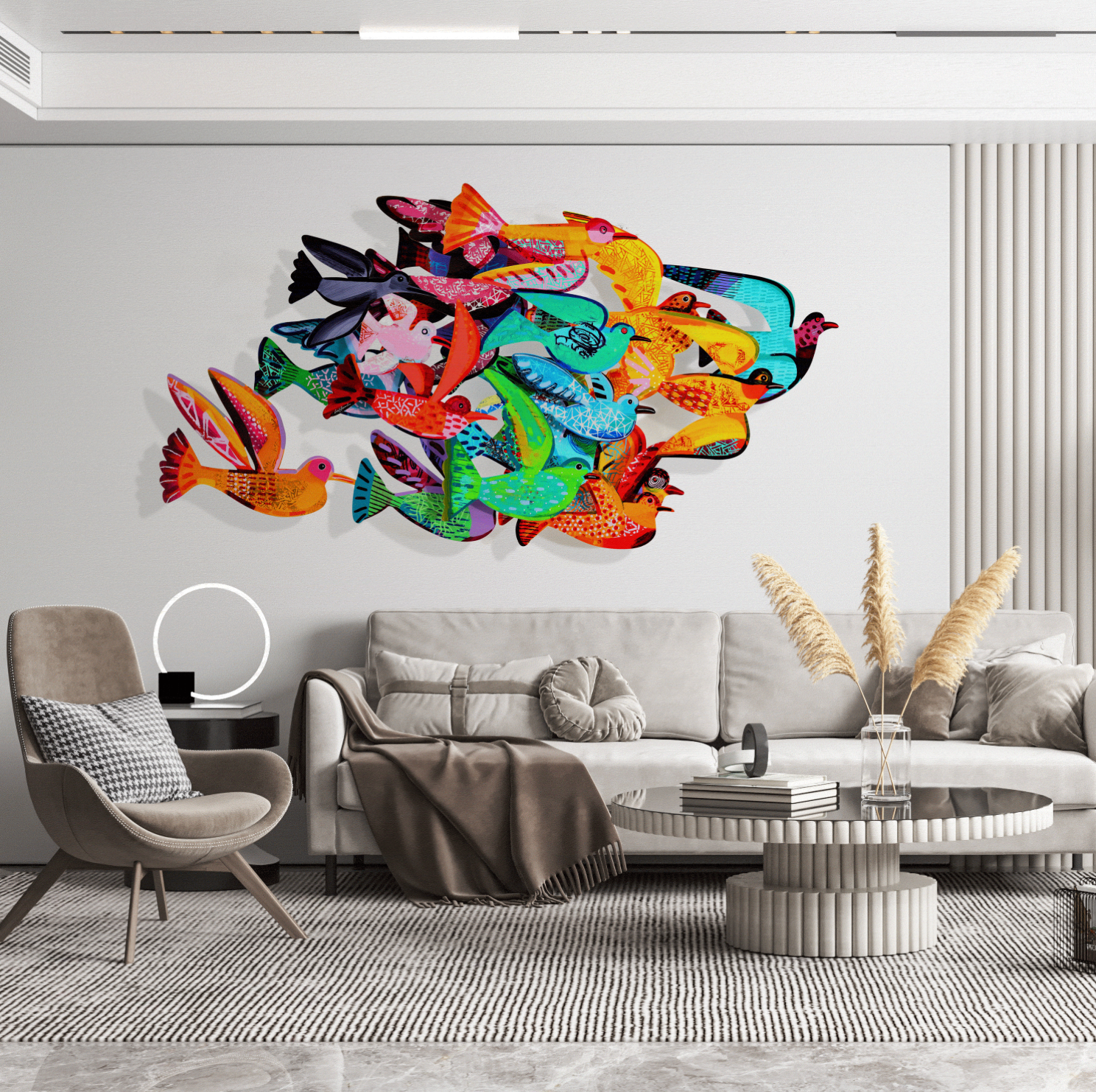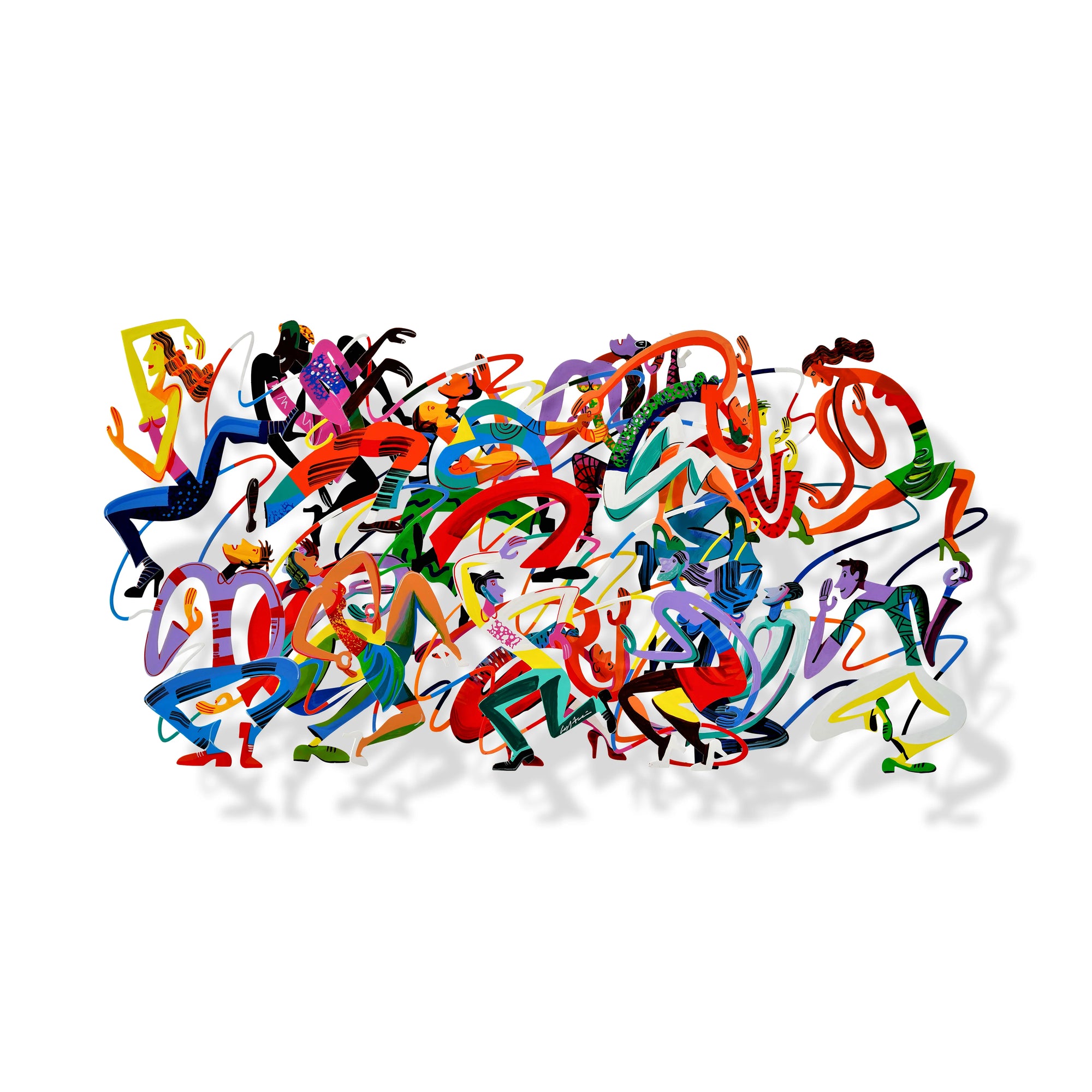Color has a profound impact on our emotions, shaping the way we perceive and connect with the world around us. In contemporary art, the use of color elevates artworks from visual experiences to emotional journeys. David Gerstein, a master of colorful art, understands this better than most. Through his unique and vibrant art, Gerstein channels joy, happiness, and positivity, transforming mundane subjects into celebratory masterpieces.
The Emotional Power of Color in Contemporary Art
In the realm of contemporary art, color serves as a universal language, evoking feelings that transcend cultural boundaries. Bold and radiant hues can spark excitement, while soft tones inspire a sense of calm. Gerstein’s artworks exemplify how color is used to convey emotions and narratives without words. His bright palettes and playful designs reflect his life philosophy: to bring happiness and uplift spirits through art.
David Gerstein’s Journey: From Monochrome to Vibrant Art
Not many people are aware, but David Gerstein’s early works leaned toward subdued tones and two-dimensional paintings. However, inspired by the pop-art movement and his own desire for self-expression, the artist shifted toward colorful art in the 1980s. This transition marked the birth of his iconic three-dimensional sculptures, where color became the central element.
Laser-cut steel sculptures, layered with vivid paints, allowed David Gerstein to experiment with depth and movement. His works, like Momentum and Bicycles, showcase how vibrant colors can invigorate public spaces and private collections alike. Gerstein’s use of cheerful, saturated hues isn’t just aesthetic, it’s psychological. He aims to create an immediate emotional connection, eliciting smiles, and inspiring optimism.
The Role of Color in Gerstein’s Vibrant Art
Gerstein’s colorful art often reflects themes of nature, music, and everyday life. For example:
Nature-inspired art: Works featuring flowers, birds, and butterflies use bright, dynamic colors to celebrate the beauty of the natural world. These pieces remind viewers of the joy found in life’s simple pleasures.
Everyday moments: Scenes of cyclists, cats, or family gatherings are brought to life with vibrant hues, transforming ordinary activities into extraordinary, joyful events.
Why Color Matters in Contemporary Art
David Gerstein’s commitment to vibrant, uplifting art aligns with the psychological principle that colors influence mood and behavior. Bright yellows and oranges, like in Beetle, evoke feelings of warmth and energy. While blues and greens, like in Swimming Swan, provide a sense of calm and harmony. By combining these colors, Gerstein crafts an emotional balance in his works, ensuring they resonate universally.
The Joy of Gerstein’s Art
David Gerstein’s colorful and vibrant art is a testament to the transformative power of color in contemporary art. His mission to bring joy and happiness through his creations shines in every piece, reminding us of the beauty in life’s moments, big and small. Whether displayed in public spaces or private homes, his art radiates positivity, making the world a brighter place one sculpture at a time.
Through his artistry, Gerstein proves that color is not just a visual tool but a powerful medium for spreading joy and human connection.







